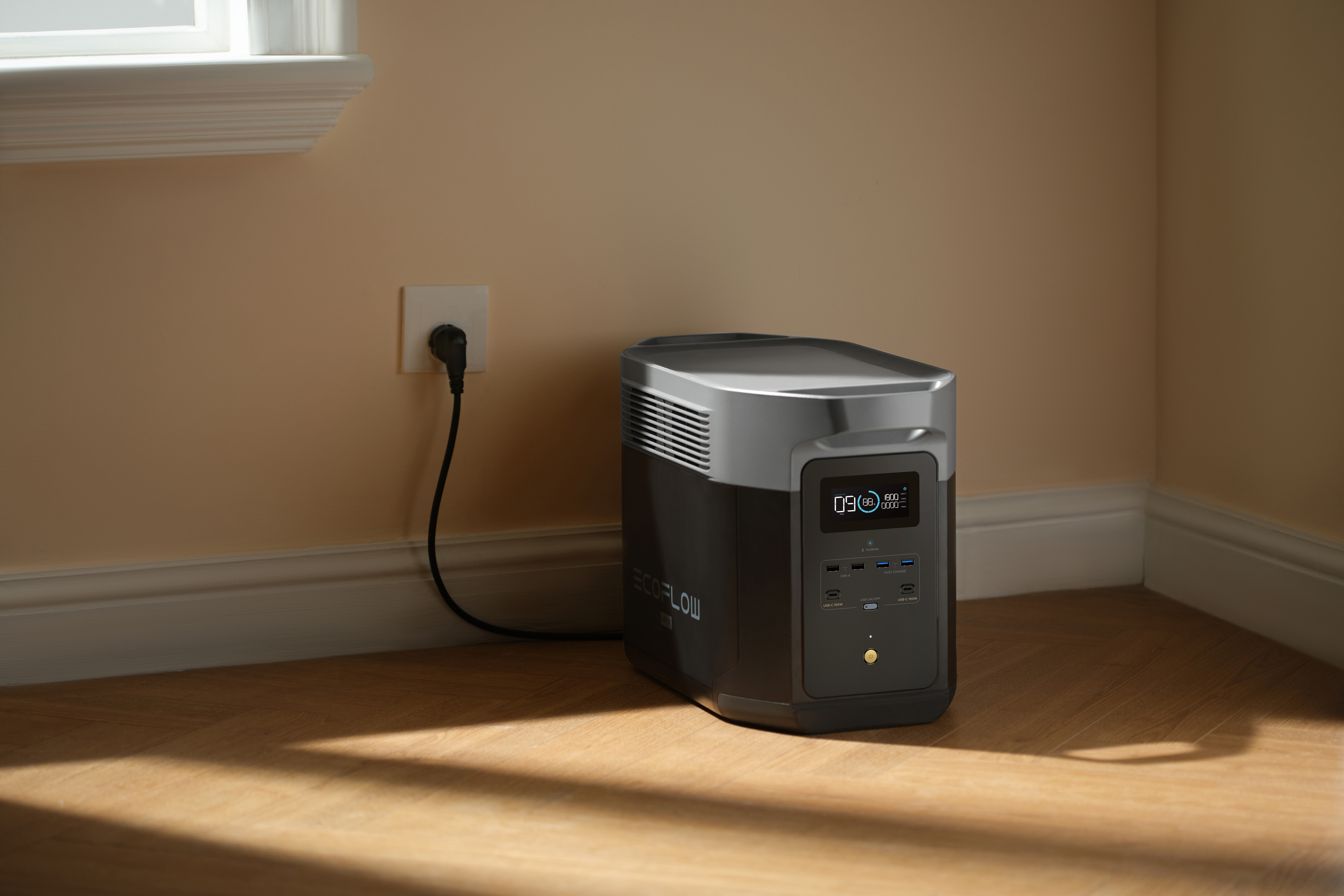Shockingly High Bill? Why Your Electric Bill Doubled?
Finding out your electric bill has doubled is never fun. It can feel like a punch to the stomach. You probably immediately start wondering: Did they make a mistake? Did electricity rates go up? Or is something in my house using way more power than it should? Figuring out why your bill suddenly jumped is the first thing you need to do to get your energy costs back on track.
What Makes Electric Bills Double?
A doubled electric bill usually isn’t random. Several things can cause big jumps in your bill, from the time of year to stuff in your house wasting power. Figuring out what’s sucking up all the energy is key to getting your bills back to where they should be.
Your AC or Heater Working Overtime
Your heating and cooling systems use a lot of energy – almost half of what your house uses. So, they’re often the first thing to check when your bill jumps. When the weather gets really hot or really cold, your AC or heater has to work harder and run longer to keep your house comfortable.
Also, older systems lose efficiency over time. They start using more electricity to produce the same amount of heat or AC. If your system is over 10 years old, it could be using a lot more energy than a newer one, especially if you haven’t kept up with maintenance.
Other things that can cause problems with your AC or heater:
- Dirty air filters: These block airflow, making the system work harder.
- Dirty condenser coils: These can’t release heat very well.
- Leaky ducts: These let the air you’re heating or cooling escape into places like your attic.
- Thermostat problems: These can make the system run longer than it needs to.
Any of these issues can easily double your AC or heater’s energy use, especially when you’re relying on it heavily during peak seasons. To prepare for situations where the grid fails due to high usage, having backup power is vital. Products like the EcoFlow DELTA 2 Max with a 400W portable solar panel offer a reliable solution for maintaining essential appliances during outages, and can even help reduce your reliance on the grid.Considering how much power an air conditioner consumes, many wonder if such portable power stations are truly capable of running one when needed.
Energy-Hungry Appliances
Some of these devices use a tremendous amount of power, and having their usage turned up can really boost your bill. The electric space heater, for example, uses a lot of electricity – roughly 1,500 watts. Just having one of those running all the time could add more than $100 to your monthly bill.
Old refrigerators and freezers are another frequent issue. They operate day and night, and 15-year-old or older models can consume twice as much electricity as new, efficient ones. A faulty door seal causes the fridge to work harder, which consumes even more energy.To safeguard your food and avoid spoilage during power interruptions, especially if you have an older unit, you might want to check out the 5 Best Battery Backup for Refrigerators in 2025.
Other appliances that can use a lot of energy:
- Electric water heaters (especially if you’re using more hot water or if the heating part is going bad)
- Clothes dryers (especially if you’re doing a lot of loads of laundry)
- Electric ovens (if you’re using them for long periods)
Even smaller things like video game consoles that you leave on all the time can add up and make your bill higher.
The Hidden Cost of “Phantom Load”
Many electronics keep using electricity even when they look like they’re turned off. This is called “phantom load” or “vampire load.” One device might not use much power when it’s in standby mode, but all those devices together can really add up.
Things like home entertainment systems, computers, printers, phone chargers, and kitchen appliances with digital clocks all contribute to phantom load. According to the Department of Energy, these devices that seem to be off can use up to 10% of your home’s electricity. That can add up to hundreds of dollars a year.
This constant drain of power is especially noticeable if you’ve added a lot of new electronics to your house recently. To combat phantom loads, consider using smart power strips that cut off power to devices when they’re not in use, or plugging them into a portable power station like the EcoFlow DELTA 2 Max and completely shutting it off when not needed.


Changes in What Your Family Does
Sometimes, a doubled electric bill is because of changes in your family’s habits. If more people are staying home, that means more lights are on, more electronics are running, more cooking is happening, more laundry is being done, and you’re using your heating or air conditioning more.
Working from home really increases the amount of electricity you use during the day, since you’d normally be using that electricity at your workplace. Each extra person living in your house or visiting regularly can increase your energy use by 20-30% because of more showers, laundry, cooking, and electronic devices being used.
Seasonal activities also affect electricity use. Holiday lights, pool pumps running in the summer, or leaving windows open when it’s nice outside while your heating or air conditioning is still running can all cause your bill to go up unexpectedly.
Your Water Heater Might Be the Problem
Water heating usually makes up about 18% of your home’s energy use. But several things can make that number go way up:
- If the heating element is going bad, it might run all the time without actually heating the water well.
- Gunk building up inside the tank can create a layer between the heating element and the water. This makes the system have to run longer to heat the water.
- When it gets really cold outside, the water coming into your house is colder, too. That means it takes more energy to heat it to the temperature you want.
Even small leaks of hot water can waste both water and the energy used to heat it. A hot water faucet that drips once a second can waste over 3,000 gallons of water in a year – and all the electricity it took to heat that water.
3 Steps to Figure Out What’s Going On with the High Electric Bill
Before you start trying to fix things, you need to figure out what’s actually causing your bill to double. Doing a little detective work will save you time and make sure you’re dealing with the real reasons your energy use went up.
Step 1: Understand Your Electric Bill
Your electric bill has more information than just the amount you owe. Compare how much electricity you used (kilowatt-hours) this month to previous months and to the same month last year. This will show you if the increase is normal for the season or if it’s something unusual.
See if your electric company recently raised their rates or added new fees. Some companies charge more during times when everyone’s using a lot of electricity, or if you use more than a certain amount. Your bill might also show the dates when they read your meter – if the billing period was longer than usual, that will naturally mean a higher bill.
Step 2: Do Your Own Energy Checkup
Look closely around your house and it will show you where you’re wasting energy. Start with windows and doors to check for air leaks. Place a lit incense stick in each area – if the smoke moves, it means that air is leaking out. Check attic insulation, too. If your attic isn’t properly insulated, warm air or cool air may be able to pass through.
Check your appliances for signs that they’re somehow amiss or inefficient. For example, if the outside of your refrigerator is warm to the touch, that’s a sign it’s running over its usual capacity. Check the filters on your heating and air conditioning. Even slightly clogged filters will make the system use more energy.
Step 3: Keep Track of Energy Use
Energy monitoring devices can give you accurate information on which appliances use the most energy. Plug-in monitors ($20-30 are available at hardware stores) show how much energy a particular appliance is using. More advanced monitors will track energy usage throughout your home. Alternatively, for smaller appliances, consider plugging them into a device like the EcoFlow DELTA 2 Max. Using the onboard display or phone app, you can monitor the consumption of anything plugged into it.


Some electric companies offer free energy monitors or “smart” meters that track how much electricity you use per hour. This kind of precise data will enable you to determine the time when your electricity usage is at its peak, which will then help you to find the reason behind the problem.
Take Control of Your Energy Costs!
If your electric bill doubles, it means something’s changed. But you can figure out what’s going on and fix it. By taking a good look at how you’re using energy and making some smart changes, you can get your electricity costs back under control. Start with the easiest and cheapest fixes first, and then think about investing in some longer-term solutions.